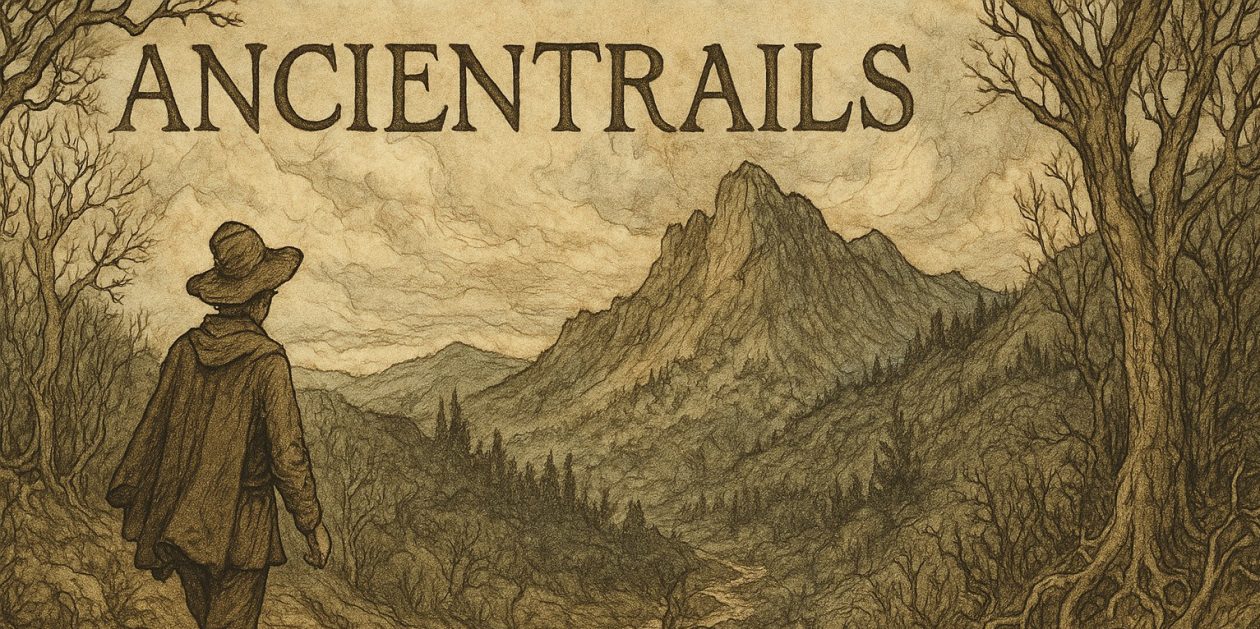Spring Mountain Spring Moon
Wild. Wilderness. These ideas have established themselves as a filter in my mind, a sort of osmotic membrane that pulls notions out of books, magazines, my own thoughts.
Last night, as I went to sleep, wild and civilized kept pushing through various permutations. I recall best the idea that life itself is a wild adventure, a biological arc, for us mammals it extends from conception through birth to death. This idea sets to the side the notion of civilization as counterpoint to the wild and focuses on inanimate material animated. And not only animated in the human instance, but aware. And not only aware, but self-aware, knowing the biological arc, knowing our location in that arc at any one point in our life.
This is a radical, wild variation on the cold vast wilderness that seems to be our solar system, perhaps our whole universe. If we conceive, we humans on earth, of wilderness as a spot where nature can proceed according to its rhythms, ruled and influenced only by its own law-as it does in the vasty reaches of space, then we might consider the role within it, of an individual tree or wolf or rabbit or stream or mountain.
In a wilderness that really represents an unbroken continuity with the deep biological and geological past a particular tree is still, just like each living instance of the human, the inanimate animated. The tree reaches down with its root system-let’s imagine this tree is a bristlecone pine-into the soil beneath its trunk and develops an intimate relation with the minerals, the biome beneath the surface and available water. It transforms the riches found there into more bristlecone pine. This individual tree, this bristlecone pine, in this pristine wilderness is an agent of literal metamorphosis, taking the inanimate and making it animate.
No less would an individual human in a pristine wilderness or one in the heart of its polar opposite, a contemporary megacity, accomplish the same magic. With one crucial exception, of course. Photosynthesis. The bristlecone pine not only reaches into the soil beneath, but into the air above and pulls out gases, incorporating them through its leaves into its whole body, mixing those gases with material drawn up from the soil. And one more. It takes the furious wild energy spawned in the nuclear fusion reactions of our sun and uses it to drive this process of animation.
In this sense then the individual bristlecone pine in the wilderness and the human on the streets of Shanghai are both radicals. That is, they both animate the inanimate, take up the elemental shards of the primeval universe and reshape them into patterns not native to their physics.
Within the biosphere, the realm of the living, most of its constituents live, then die. The magic drains out of the individual fish, the domestic cat, the high flying condor, the deep swimming whale. They release the elements they have animated back to cycles linked directly to the act of cosmic creation.
In humans this biological arc goes from conception through live birth to death. Both ends of this continuum, this biological dialectic, are, relative to human civilization, moments deeply wild. They participate only lightly and then inconsequentially in the world of ideas, technology, skill, labor, culture. They both represent key inflections of our wild nature: coming to individual life and leaving it. These moments are not mediated by culture, rather they rip into its fabric and insert or remove individuals from its complex ministrations.
So each of us is wild and free at the moment of our birth and our death. The question then is how much civilization constrains our inherently wild nature. I’ll consider this in another post.
